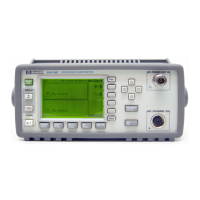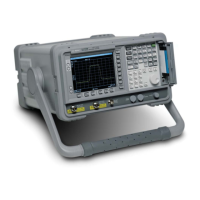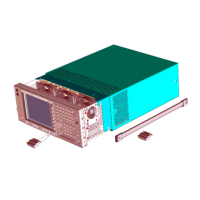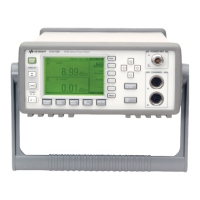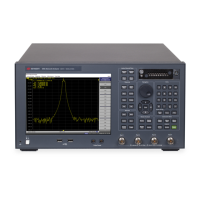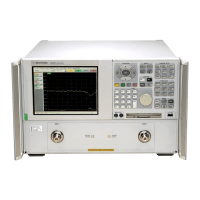54 Chapter 3
Making Fault Location Measurements
Basic Measurement Procedures
Fault Location Measurement Setup using the VBA
Utility Program
The E5061A/62A provides a macro program called flt_util.vba, which facilitates the
measurement setup for fault location analysis. The utility program calculates and
sets up frequency sweep range to get the highest resolution available for the required
display distance range. (See
“Calculating Measurement Conditions” on page 41 for
more information on frequency range calculation.) The utility program sets up
following measurement conditions as well as the frequency sweep range so that you
can start fault location analysis from the preset condition by using the utility
program:
• Sweep type - Linear Frequency
• Unit - meter
• Reflection Type - One Way
• Fault Location- ON
You need to set up the following parameters manually according to your
measurement requirements:
• Number of points
•Cable loss
• Velocity factor
• Window
Operation
Step 1. Press (or ) and (or ) to activate a
trace for which you want to perform fault location analysis.
Step 2. Insert the VBA utility program disk furnished with the analyzer (Agilent part
number: E5061-180x8) in to the floppy disk drive of the analyzer.
NOTE The utility program can be copied into the analyzer’s hard disk drive to be used as a
working file for easier operation.
Step 3. Press to display the softkey menu for macro processing.
Step 4. Press Load Project to display the dialog box, select flt_util.vba in the floppy disk,
and press
Open.
